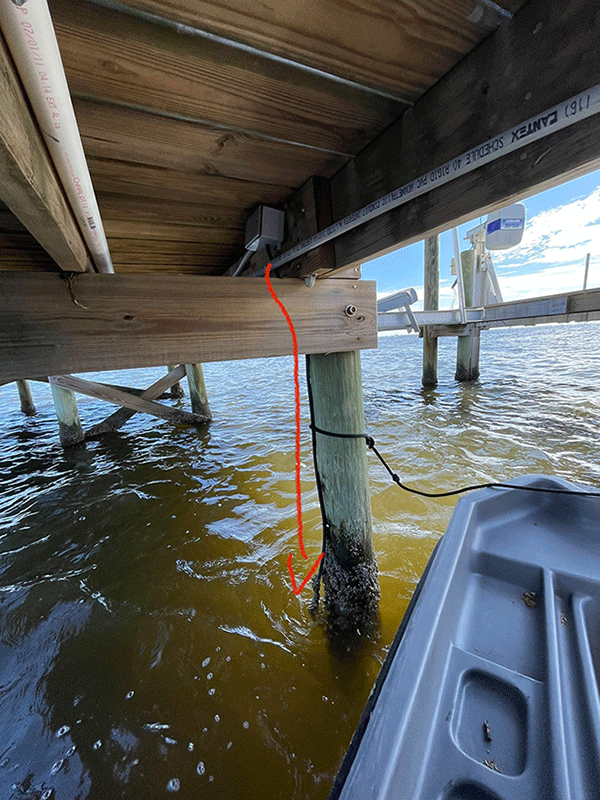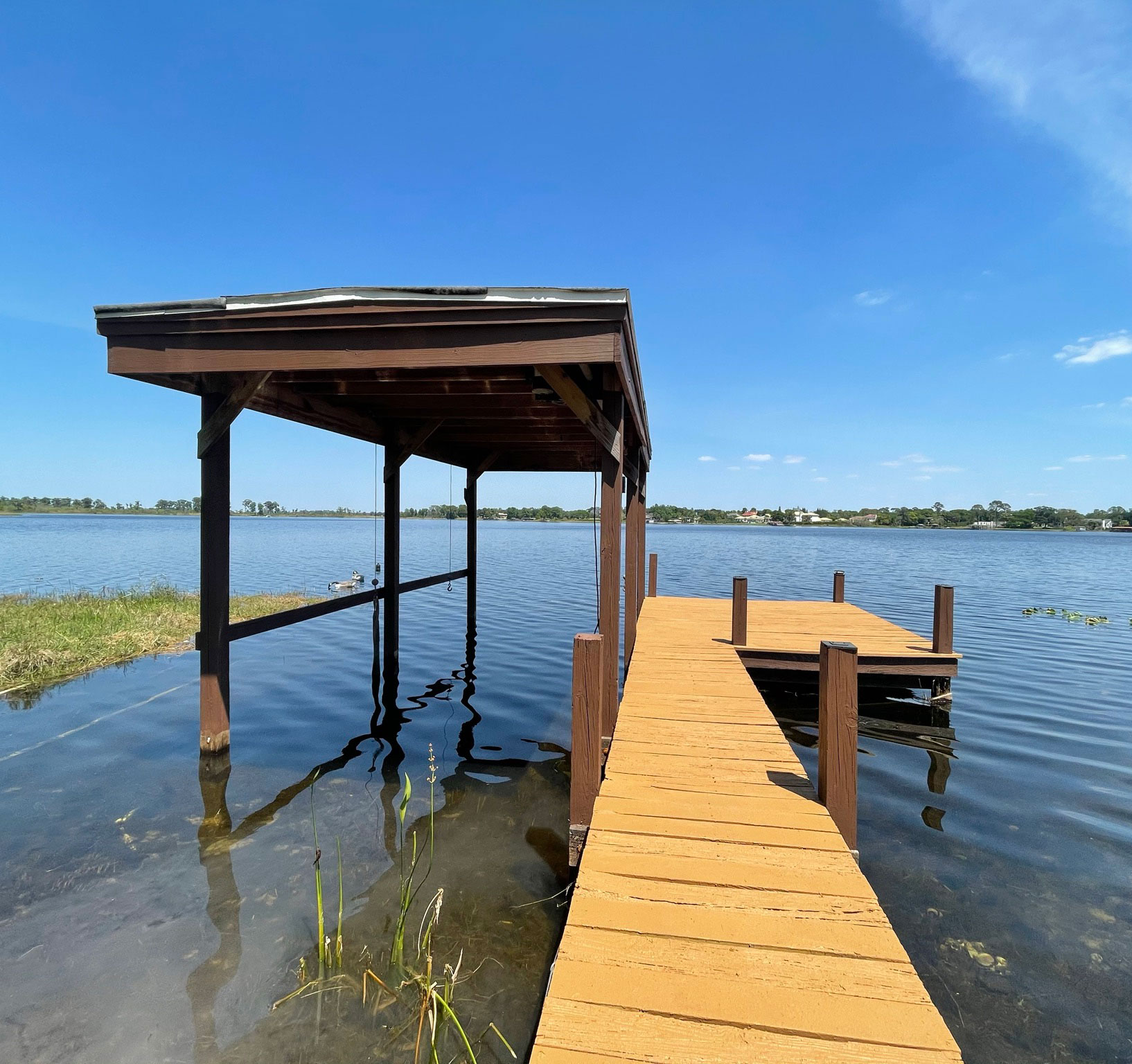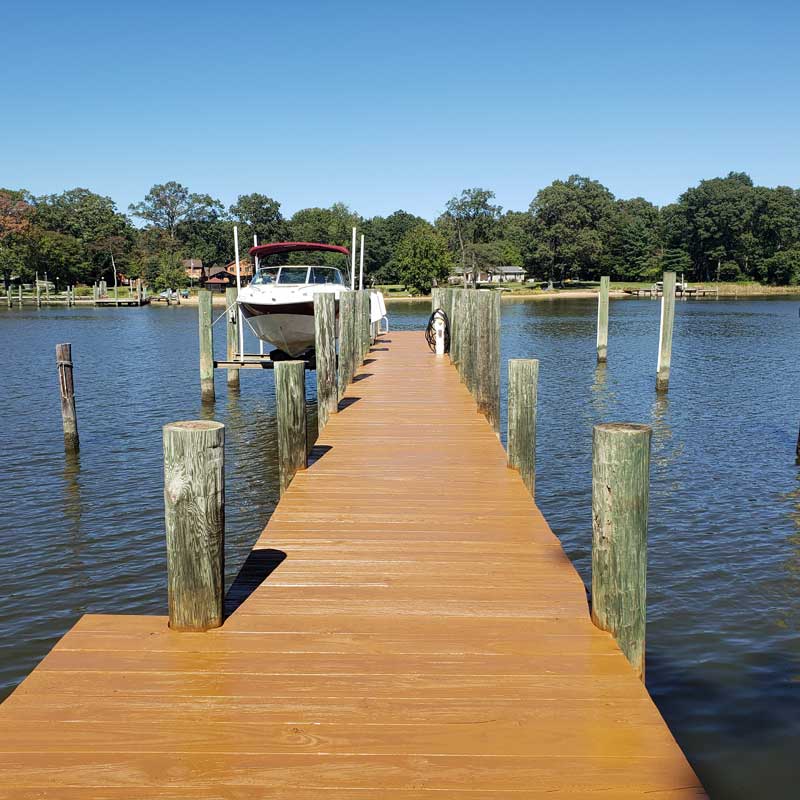How to Select the Right Service for Your Dock Repairs
How to Select the Right Service for Your Dock Repairs
Blog Article
Efficient Dock Repair Service Techniques: Making Sure Architectural Integrity
Making sure the structural integrity of docks via reliable fixing methods is paramount for the durability and safety and security of marine centers. Subsequently, picking the appropriate fixing materials, such as corrosion-resistant alloys and composite materials, is vital for toughness.
Examining Dock Damage
Assessing dock damage is a crucial very first step in making certain the architectural stability and safety of any kind of docking facility. This initial examination includes a comprehensive assessment to identify both hidden and noticeable problems. Key aspects to take a look at include the dock's structure, pilings, outdoor decking, and hardware. Each element must be looked at for indicators of wear, rot, rust, or other kinds of deterioration that could endanger the architectural stability.
Architectural engineers or qualified assessors typically perform these analyses utilizing specialized tools and strategies. As an example, underwater inspections could use finder tools or remotely ran lorries (ROVs) to detect submerged damages. Over water, aesthetic evaluations are matched by utilizing wetness meters and other diagnostic tools to uncover underlying issues not instantly noticeable to the naked eye.

Picking Fixing Materials
Choosing the appropriate repair materials is a critical action in the dock reconstruction procedure, one that directly influences the durability and efficiency of the repaired framework. Material choice need to be driven by aspects such as environmental problems, load-bearing requirements, and compatibility with existing dock components.
Along with wood, composite products are significantly prominent as a result of their resilience and reduced maintenance demands. Composites, commonly made from a blend of plastic and timber fibers, supply excellent resistance to rot, pests, and UV damages. For steel anchors, picking corrosion-resistant alloys such as galvanized steel or marine-grade aluminum is important to avoid corrosion and make certain structural stability in saline water conditions.
Epoxy resins and marine-grade sealers are indispensable for repairing splits and securing joints, supplying a water resistant barrier and improving the dock's overall strength. By carefully selecting top quality products, dock repair services can attain lasting results, thus safeguarding against future destruction and guaranteeing safe, trusted use.
Architectural Reinforcement Methods
Reliable architectural support techniques are essential in making certain the security and durability of dock fixings. This method is especially effective for anchors subjected to hefty loads or harsh ecological problems.
One more vital method is the application of fiber-reinforced polymers (FRP) These products offer high strength-to-weight ratios and exceptional resistance to rust, making them suitable for enhancing wooden or concrete docks. FRP can be applied in strips or sheets and bound with epoxy materials to improve architectural stability.
Supporting and securing systems also play an essential duty in structural reinforcement. Cross-bracing, utilizing metal or wooden light beams, can combat lateral pressures, reducing swaying and movement. Anchoring systems, such as helical piers or driven stacks, supply a secure foundation by transferring lots to much deeper, much more secure dirt layers.
Lastly, the combination of load-distribution plates can aid distribute weight extra equally throughout the dock's surface, minimizing localized tension factors. These techniques jointly make certain that docks stay secure and durable, efficient in holding up against the rigors of their functional setting.
Advanced Repair Service Techniques

Another sophisticated technique entails undersea welding, which enables repairs to be like this conducted without the requirement to dewater the location. This method is particularly advantageous for resolving structural problems in submerged dock parts, making sure very little interruption to procedures. Improved welding methods, paired with robot systems, provide accuracy and dependability, thereby expanding the life expectancy of the dock.
Furthermore, cathodic security systems are executed to avoid corrosion in metal dock structures. By utilizing sacrificial anodes or impressed existing systems, these image source methods efficiently minimize the electrochemical processes that bring about product deterioration.
Last but not least, progressed monitoring innovations, such as structural wellness tracking (SHM) systems, supply real-time data on the condition of dock structures. These systems make it possible for positive upkeep and prompt interventions, eventually making certain the long-lasting architectural stability of the dock.
Maintenance and Prevention
Upkeep and prevention are essential ideas that underpin the longevity and safety of dock structures. Normal assessments are paramount, enabling very early discovery of wear and tear, potential weaknesses, and environmental impacts. A positive strategy, involving regular look for deterioration, rot, and structural changes, reduces pricey repairs and extends the dock's functional life.
Preventive measures must consist of applying safety coatings to metal components to secure against rust and utilizing treated timber to stand up to decay. In addition, making sure correct drain and ventilation can prevent water accumulation, which is an usual reason for architectural destruction. Integrating quality products and sticking to manufacturer guidelines throughout building and repair stages also play important roles in enhancing longevity.

Educating personnel in dock upkeep finest practices makes sure constant application of precautionary procedures. Leveraging technical developments, such as drones for assessments and sensing units for real-time surveillance, can further enhance maintenance efforts. By focusing on upkeep and prevention, dock proprietors can guarantee architectural stability, operational safety, and cost-effective monitoring over the dock's life expectancy.
Conclusion
To conclude, preserving the architectural integrity of marine centers necessitates detailed dock repair strategies. Complete examinations making use of advanced tools uncover both noticeable and hid problems, while the option of ideal fixing materials improves longevity. Executing architectural reinforcement approaches addresses tension points properly. Advanced repair here techniques, combined with routine upkeep techniques, ensure the dock stays operational and risk-free under varied ecological problems. Taking on these approaches significantly extends the life-span and performance of aquatic facilities.
Guaranteeing the architectural stability of anchors via effective fixing techniques is extremely important for the long life and safety of marine facilities.Choosing the appropriate fixing products is a critical action in the dock remediation procedure, one that directly influences the long life and performance of the fixed structure.Efficient architectural reinforcement techniques are essential in making sure the security and durability of dock repair work. By focusing on maintenance and avoidance, dock owners can guarantee architectural stability, operational safety and security, and cost-effective administration over the dock's life-span.
In final thought, preserving the structural honesty of aquatic centers demands extensive dock repair methods.
Report this page